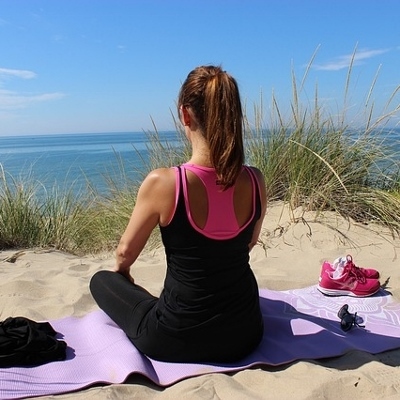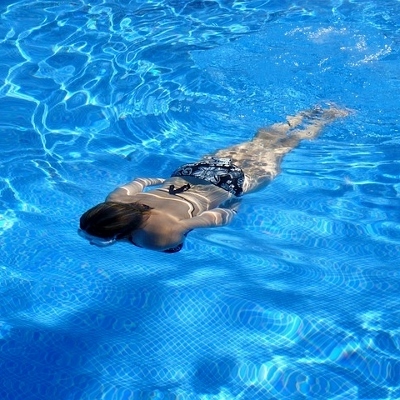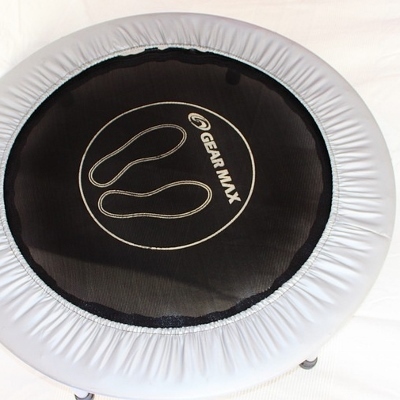 There are many ways to attack the new year, new you idea that you probably have going on in your head. One of the growing trends is to try out a vegan diet, and another is to try the Paleo diet. Vegans do not eat meat, fish, or poultry. They also do not use any other animal-based product, including by-products such as eggs and dairy. The Paleolithic diet, Paleo for short, goes back to the basics and uses what the “cavemen” used. In the caveman diet, you avoid dairy, grains, processed foods, sugars, legumes, starches, and alcohol. The balance of the Paleo diet is 40% carbohydrates (veggies and fruit), 30% lean wild protein, and 30% natural fats.
There are many ways to attack the new year, new you idea that you probably have going on in your head. One of the growing trends is to try out a vegan diet, and another is to try the Paleo diet. Vegans do not eat meat, fish, or poultry. They also do not use any other animal-based product, including by-products such as eggs and dairy. The Paleolithic diet, Paleo for short, goes back to the basics and uses what the “cavemen” used. In the caveman diet, you avoid dairy, grains, processed foods, sugars, legumes, starches, and alcohol. The balance of the Paleo diet is 40% carbohydrates (veggies and fruit), 30% lean wild protein, and 30% natural fats.
When done correctly, both diets can do wonders for your body, and keep your body clean. Some believe that the vegan diet is not as good as the Paleo diet, because it includes grains and legumes. There have been studies that show how damaging these foods can be to the body, and how they can cause inflammation and disease. Vegan diets are often high in soy and vegetable protein products, which tend to be acid-forming. If you’re a vegan that uses processed foods, then you might not be getting all of the nutrients your body needs to go through a proper workout. Many vegan athletes are torn. They do not want to use the Paleo diet because of animal rights. The Paleo diet tries a lean approach, and it allows you to eat lean meats and seafood.
A few have used the Paleo diet to get to that lean body weight and great workout endurance. The Paleo diet can result in having higher energy and quicker recovery periods; however, you must do the diet correctly. For example, replace bagels, pastas, and bars with yams, sweet potatoes, or kumara. You should also do training while feeling a bit “fasted” in order to train your body to use fat as a source of energy. Recovery is extra important during any of these exercises. Drinking a recovery drink made up of fruit juice, glucose, and protein powder should do the trick.
Who knows, maybe this is a trend you will want to try out in 2013!





